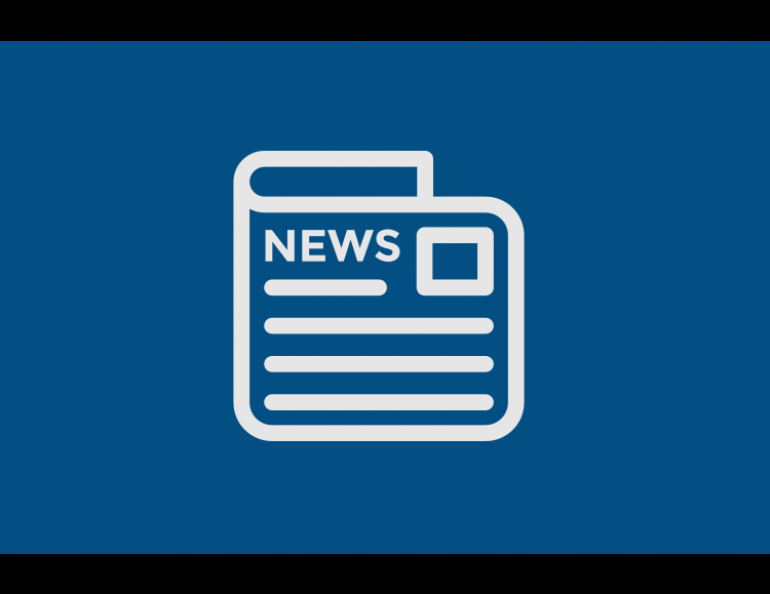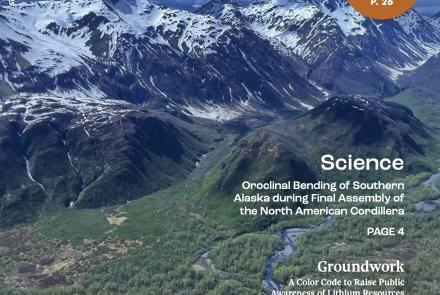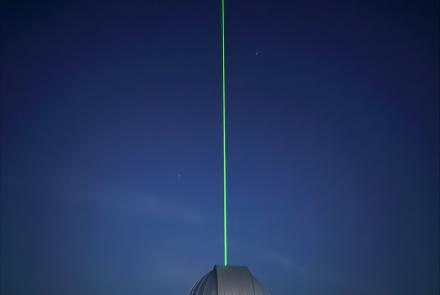
Researcher offers efficient method for forecasting tsunami inundation
University of Alaska Fairbanks scientists are presenting their work at the American Geophysical Union’s fall meeting in Washington D.C. this week. Here are some research highlights from the world’s largest Earth and space science meeting.
A tsunami is coming to Old Harbor — if not for the roughly 222 people who live there now, then for their descendants.
In 1788 the settlement was destroyed by an earthquake and subsequent flooding from a tsunami. Since then, the community on the southeast side of Kodiak Island, Alaska, has relocated at least once and been hit by several additional major earthquakes. The most recent was the Good Friday earthquake of 1964, when the resulting tsunami reportedly left only two homes and a church in its wake.
It’s only a matter of time before another tsunami strikes Old Harbor, and there are other communities in Alaska with similar stories. As the most seismically active state and with the longest coastline in the U.S., Alaska has the most serious risk for tsunamis in the country. However, it is peppered with small settlements only accessible by boat or seaplane. Because they are so remote, these communities often receive less attention from planning efforts designed to mitigate damage from natural disasters.
At the annual American Geophysical Union meeting in Washington, D.C., Elena Suleimani presented research that may help.
Suleimani is a tsunami modeler with the Alaska Earthquake Center, part of the University of Alaska Fairbanks Geophysical Institute. Since 1998, the center has been working on a project to map tsunami inundation zones in coastal Alaska communities. These maps use models to estimate the extent of flooding after an earthquake. They are most useful to help communities plan evacuation zones.
Suleimani explained that in Alaska coastal communities need to evacuate as soon as they feel an earthquake rather than wait for a tsunami warning, which can come within 20 minutes of the main shock.
“You don’t even have time to think in 20 minutes,” Suleimani said. “What you need to do at 4 a.m. when the tsunami sirens start, you need to grab your things and run uphill or wherever your community decided to go.”
The inundation maps rely on high-resolution data that are used to show where water would go. The maps are accurate to a resolution of 15 meters, or about 50 feet, per pixel and are verified by GPS location. These maps are costly and labor intensive. In small, remote communities this level of data is simply not available and there are no plans to acquire it.
On top of that, Alaska is a complicated landscape.
“Our communities are so stranded along the Aleutian arc, Southcentral, Southeast, and every place has a different subduction zone mechanism. The tsunami sources will be totally different,” Suleimani said. “If you imagine a tsunami source in the western Aleutians or even in the central Aleutians, these will have much impact on Kodiak because all the energy will go down to Hawaii. If you place a tsunami source in the 1964 tsunami zone, it will result in substantial damage in the Gulf of Alaska. But for people in the Alaska Peninsula just around the corner, the damage will not be comparable.”
Like many who live in the Arctic, she has a stoic solution: “We need to deal with what we have.”
Suleimani, alongside her colleagues at AEC, have developed a method to map tsunami inundation zones that relies on already existing data readily available for most of Alaska.
These maps, Regional Tsunami Hazard Maps, model a tsunami based on three of the most likely earthquake scenarios. Once a tsunami has been simulated, its characteristics, namely height of the tsunami wave, can be projected onto an elevation map of the community for a specific piece of shoreline. With a small buffer to adjust for margin of error, the resulting map shows how far the tsunami is likely to reach.
At the AGU meeting this week, Suleimani presented data that confirm the lower-resolution regimen works, and for the purposes of hazard mitigation, is practically just as good as the higher-resolution, more expensive methods. When compared to five communities where high-resolution data was available, the regional model closely matched within less than a third of a mile, or half a kilometer. The only two cases where it was not sufficient were at the head of bays and fjords, an unusual scenario where tsunamis are amplified.
Overall, Suleimani is confident in the method. She said it is a low-cost, efficient and reasonable alternative to the higher-resolution model, and using this method can help solve a unique Alaska problem.
The next step? Engagement.
“Inundation map is just the first step. Now we know the safe area,” she said. “Then we go to the community and we ask them, ‘Where will you put your shelter?’”
Fritz Freudenberger, University of Alaska Fairbanks Geophysical Institute, 907-474-7185, ffreudenberger@alaska.edu




